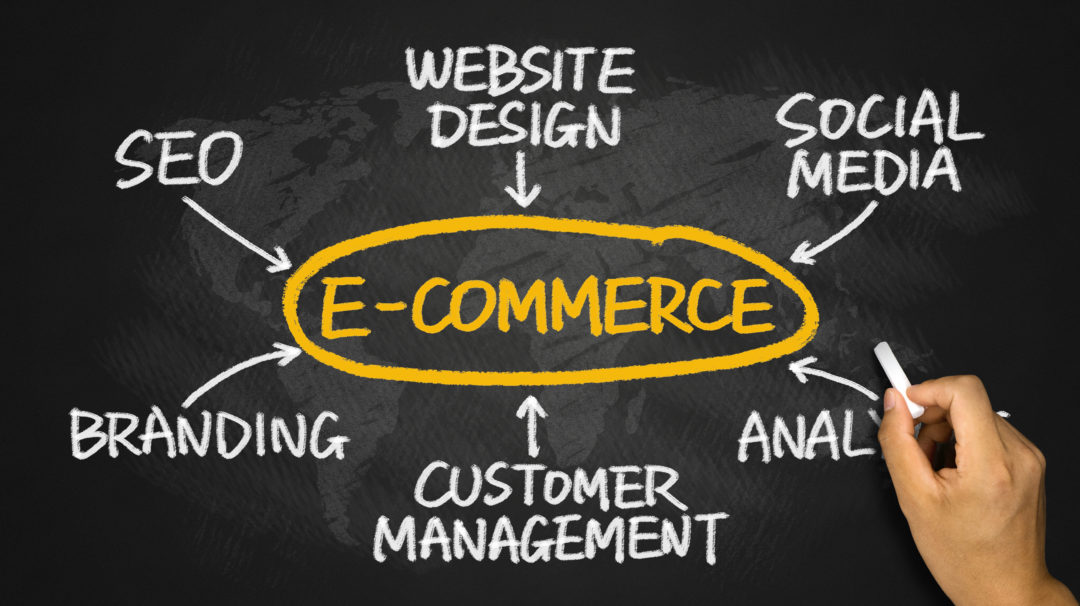Consider the relevance of B2B eCommerce infrastructure in the case of making a sale to a customer. If you ask a vendor to supply you with a quote for a product or service, but they take two weeks to get back to you, chances are you will have moved on and pursued another opportunity with a competitor that got back to you much faster. On the flip side, if a seller provides a good quote quickly, you’re far more likely to buy what they’re offering because your business moves fast and therefore, your purchasing decisions should too.
That pressure to provide instant pricing for quicker sales cycles is causing considerable stress on antiquated vendor pricing infrastructure. The tech stack at many companies isn’t built to support the kind of real-time, digital selling environment that business must now operate in. Many organisations are potentially losing ground, and increasingly face a need to update their systems to deliver greater agility and keep pace in evolving industries.
The ability to deliver a personalised, accurate quote quickly has become a steadily more important competitive advantage for businesses. It’s not just the price itself that buyers care about – they’re also looking for a timely, agile quote that matches their fast-paced business needs.
15 technologies that empower ecommerce stores
B2B eCommerce infrastructure: Finding your balance while riding the digital wave
The shift to digital business models, especially eCommerce, means that customers expect rapid (or even instant) turnaround on things like quoting. If companies can’t respond quickly, then studies clearly show that buyers will go elsewhere. An updated infrastructure can help ensure that new business models will be properly supported and customer expectations met.
This means that digital selling channels must be able to scale to meet the demands of online buyers whose expectations for responsiveness and accuracy are already set by the B2C buying experiences. Additionally, such eCommerce channels must work in harmony with other channels, like traditional in-person sales, and distributors and resellers. Prices and product offers must not only be available instantly, they must be consistent and accurate across every channel so that customers will have confidence in their buying experience.
Getting B2B eCommerce infrastructure right: Equipping sales with the latest tech
Sadly, sales people are often overburdened with administrative tasks, causing them to spend less time serving customers. Getting the right price and an accurate quote to a buyer can be daunting, time consuming, and difficult. The right tech can help alleviate these issues, giving the time back to sales people to devote to selling.
Specifically, sales professionals need to be able to understand what a customer needs, pull together a quote – which can be highly complex or very large – and price it to win the deal without leaving money on the table. Doing so quickly enough to meet customer expectations is extremely difficult without powerful sales technology. Such technology must deliver guidance on what products to offer, what products might be appropriate for cross-sell opportunities, and what the optimum price is for that customer interaction and situation. More and more, this capability requires the power and insight of AI-based technology.
Educating, training your sales team
Easing those administrative burdens will also ensure that your sales people can work on staying ahead of buyers, who are often very well informed. Companies need their sales people equipped to push back, quote a defensible price quickly, and evaluate real value to the buyer. Otherwise, sales teams will find themselves consistently losing margin, losing deals, and potentially, losing customers.
Increasingly the role of the B2B sales team is defined by their ability to step in to a deal and add value to the customer during the buying process. While some interactions may be perfectly fine through an eCommerce channel, occasionally a customer will want the extra help that a consultative B2B sales rep can offer. In this case, again, it’s critical that every channel is offering up a consistent set of information and a rational, defensible price for customers to feel confident they are getting the right deal.
Working toward that ‘final coat’
B2B businesses will also need to remember that true digital transformation cannot rely on a “wait and see approach,” as it will fail to deliver the full benefits that digital transformation can offer. Organisations often approach this change the same way one paints a house: add one layer, then wait for it to fully dry before adding another. The problem with this approach is that companies might feel disillusioned if that “first coat of paint” does not deliver what they want because the goal is still several “coats of paint” away.
Yet if businesses start their path to digital transformation at the interface of sales and customer – where the impact of new sales technology can have the greatest benefit – they are in a strong position to build and deliver value at each stage of the digital journey.
Building a strong B2B eCommerce infrastructure is not easy, especially with ever-evolving technology. Organisations need to focus on adopting a business model that is entirely built around the ability to process information because success in moving to digital is defined on a business’ ability to harvest the full value of the data they have, and the additional data signals they can incorporate.
Businesses that are also able to adjust their approach to the sales process, and ensure sales people are educated and equipped with the right tools, will find greater levels of success, far more quickly, than their less digitally-enabled competitors.
Geoff Webb is vice president of solutions for PROS, a Houston, Texas-based company providing AI-powered solutions that optimize selling in the digital economy.










